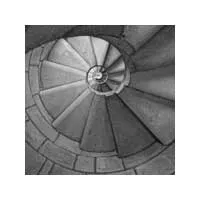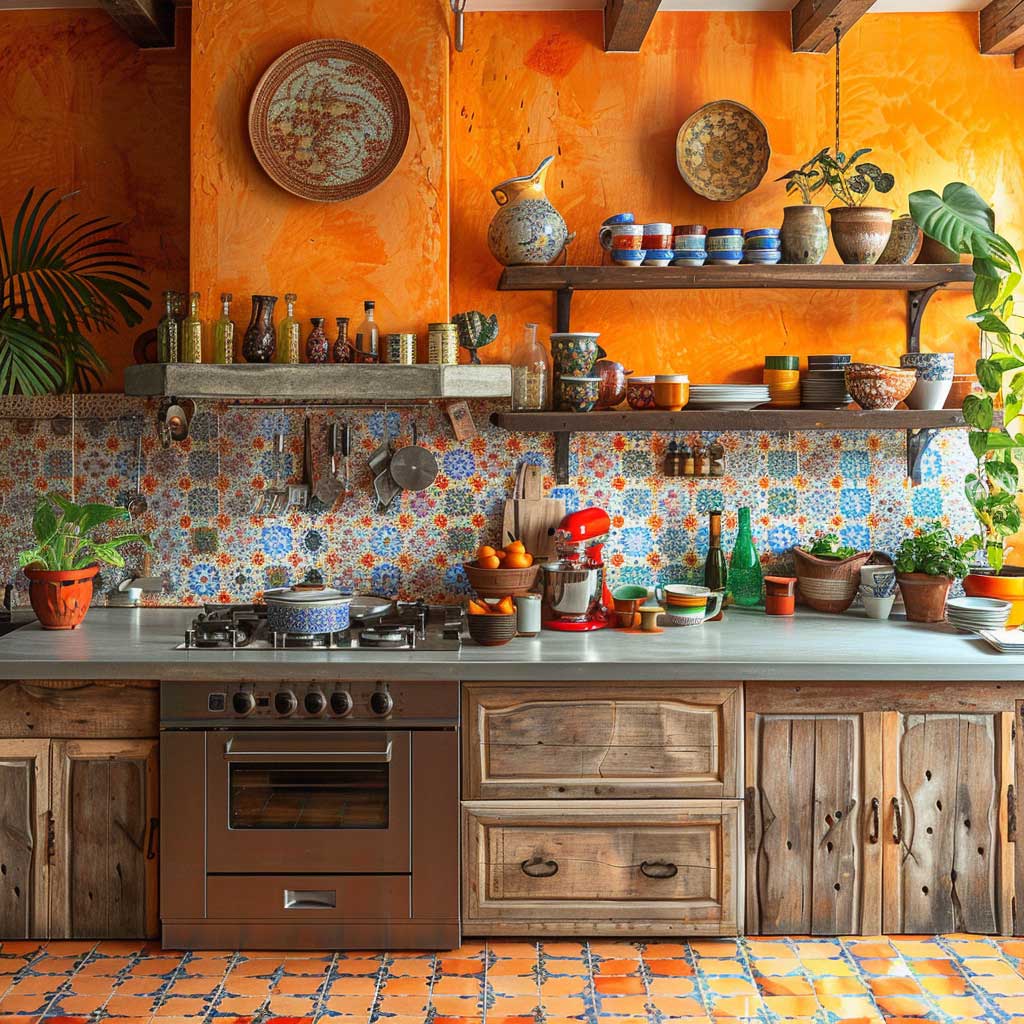Content
In the heart of the Netherlands, where canals mirror the sky and tulip fields paint the landscape, a quiet revolution is taking place. The old Dutch farmhouses, once symbols of a bygone era, are being reborn, not in brick or stone, but in wood. These wooden wonders are not just homes; they are testaments to a culture that values tradition, nature, and innovation.






The Legacy of Dutch Farmhouses
The Dutch farmhouse, with its gabled roofs and rustic charm, has long been an emblem of the Netherlands. These structures, often surrounded by vast fields and waterways, have stood as silent witnesses to the changing seasons and the passage of time. Their designs, influenced by the need to withstand the country’s unique climate, are a blend of functionality and aesthetics.
However, as urbanization swept across the country, many of these farmhouses were left abandoned, their stories slowly fading away. But for those who looked closely, these structures were not relics of the past; they were canvases, waiting for a new story to be painted.
Enter the modern architects and designers, who saw potential in these old structures. They recognized that the essence of the Dutch farmhouse was not in its bricks or stones but in its spirit. And so, the journey of reviving these homes began, not by mimicking the old but by embracing the new.




Embracing Wood in Modern Designs
Wood, with its warmth and versatility, became the material of choice for these revivals. But this was not just any wood; it was sustainably sourced, reflecting the Netherlands’ commitment to the environment. This choice was both symbolic and practical. Symbolic, because it represented a bridge between the past and the future, and practical, because wood, with its insulating properties, was ideal for the Dutch climate.
The use of wood transformed these farmhouses. Gabled roofs were now adorned with wooden shingles, and walls were clad in timber, giving the homes a contemporary yet timeless appeal. Interiors, too, underwent a transformation. Wooden beams, floors, and fixtures added warmth and character to the spaces, making them cozy and inviting.
But more than the aesthetics, it was the philosophy behind the use of wood that stood out. It was a nod to sustainability, to the idea that modernity and nature could coexist. It was a celebration of the country’s rich woodworking heritage, a craft passed down through generations.


The Fusion of Tradition and Innovation
The revival of Dutch farmhouses was not just about materials; it was about ideas. It was about fusing tradition with innovation, creating homes that were rooted in history yet forward-looking. This fusion was evident in every aspect of the design, from the layouts to the fixtures.
Open floor plans, large windows, and modern amenities were seamlessly integrated into the traditional structure. The result was a home that paid homage to its history while offering all the comforts of contemporary living. Spaces were designed to be multifunctional, reflecting the changing needs of modern families.
Outside, gardens and landscapes were reimagined. Native plants, water features, and sustainable gardening practices transformed the surroundings, making them an extension of the home. Every element, from the choice of plants to the design of pathways, was carefully curated, creating an oasis of calm and beauty.


The Impact on Communities
The resurgence of these wooden farmhouses has had a ripple effect on the communities they reside in. No longer are they mere structures; they have become hubs of activity, drawing both locals and tourists alike. The stories of these homes, their transformation from derelict structures to modern marvels, have become a source of pride for the locals.
Farmers markets, craft fairs, and community gatherings now find their place in the courtyards of these homes. The old barns, once used for storing hay and livestock, have been repurposed into community centers, art studios, and even boutique cafes. The aroma of freshly baked Dutch pastries fills the air, as locals and visitors sit on wooden benches, sipping on coffee and reminiscing about the old days.
For the younger generation, these farmhouses have become symbols of hope and inspiration. They see in them the possibility of a sustainable future, where respect for tradition goes hand in hand with innovation. Schools often organize field trips to these homes, teaching children about the importance of sustainability, heritage, and community.




The Artistry Behind the Revival
Behind every wooden wonder lies the vision and craftsmanship of architects, designers, and artisans. These individuals, with their deep respect for Dutch heritage and their commitment to sustainable design, are the unsung heroes of this revival. They work meticulously, ensuring that every beam, every shingle, and every fixture is perfectly placed.
The process is often collaborative, with homeowners, local craftsmen, and designers coming together to breathe life into these structures. Traditional woodworking techniques are combined with modern technology, ensuring durability and precision. The result is a home that is not just beautiful but also built to last.
Artists, too, have found inspiration in these wooden farmhouses. Painters, sculptors, and photographers are drawn to their rustic charm and modern sensibilities. Exhibitions showcasing the art inspired by these homes have become popular, further cementing their place in Dutch culture and history.


A Vision for the Future
The wooden wonders and Dutch farmhouse revivals are not just a trend; they are a movement. A movement that seeks to redefine the relationship between man, nature, and architecture. As the world grapples with the challenges of urbanization, climate change, and loss of cultural heritage, these homes offer a beacon of hope.
They show that it is possible to create spaces that are sustainable, functional, and beautiful. They prove that with vision, collaboration, and respect for tradition, we can build a better future. A future where homes are not just shelters but sanctuaries, where communities thrive, and where nature and architecture exist in perfect harmony.
As the wooden wonders of the Netherlands stand tall against the backdrop of tulip fields and canals, they serve as a reminder. A reminder of the power of vision, the importance of heritage, and the endless possibilities that lie ahead. They are a testament to the Dutch spirit, a spirit that values innovation, sustainability, and community. And as the world watches, these homes inspire, offering a blueprint for a brighter, more sustainable future.






